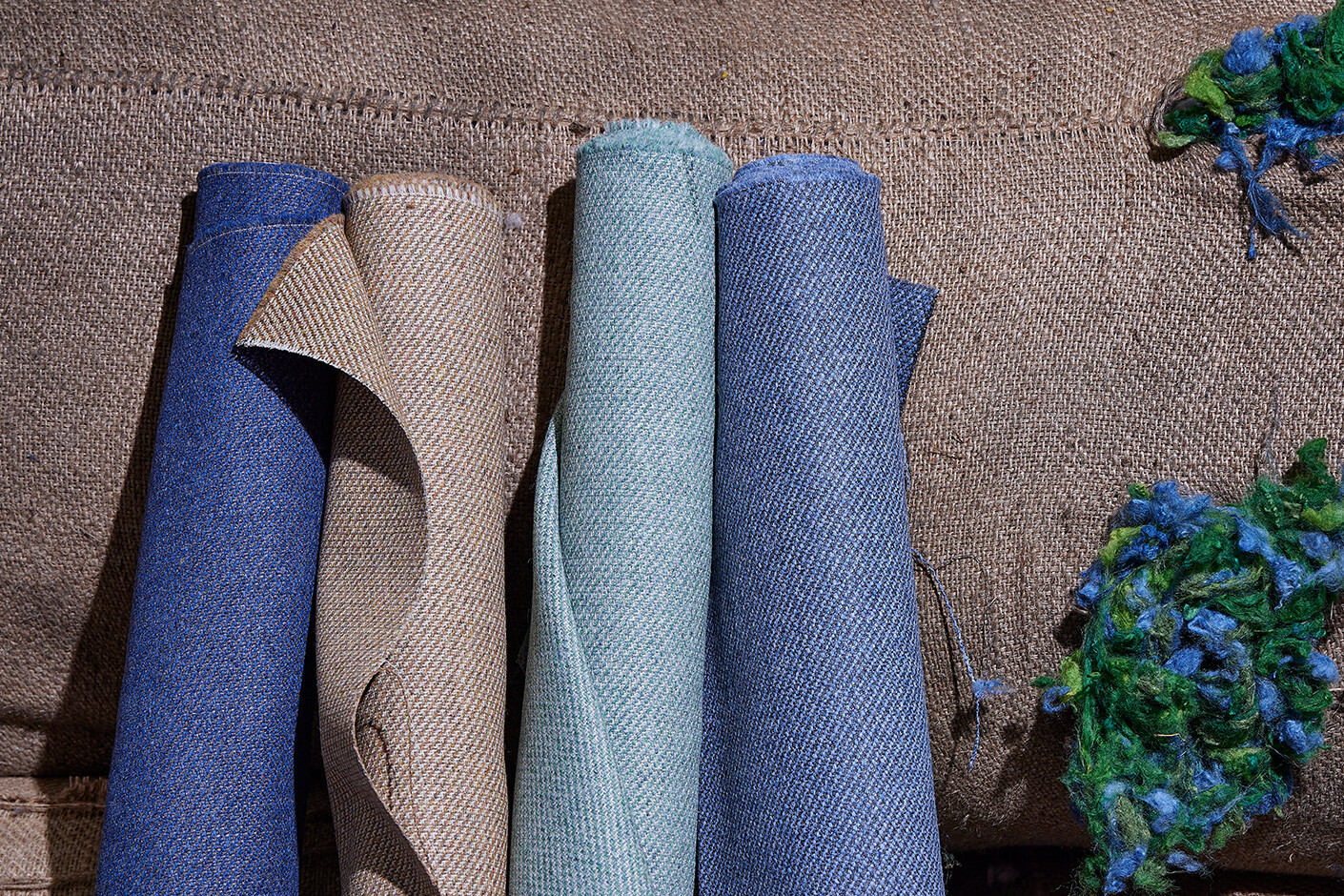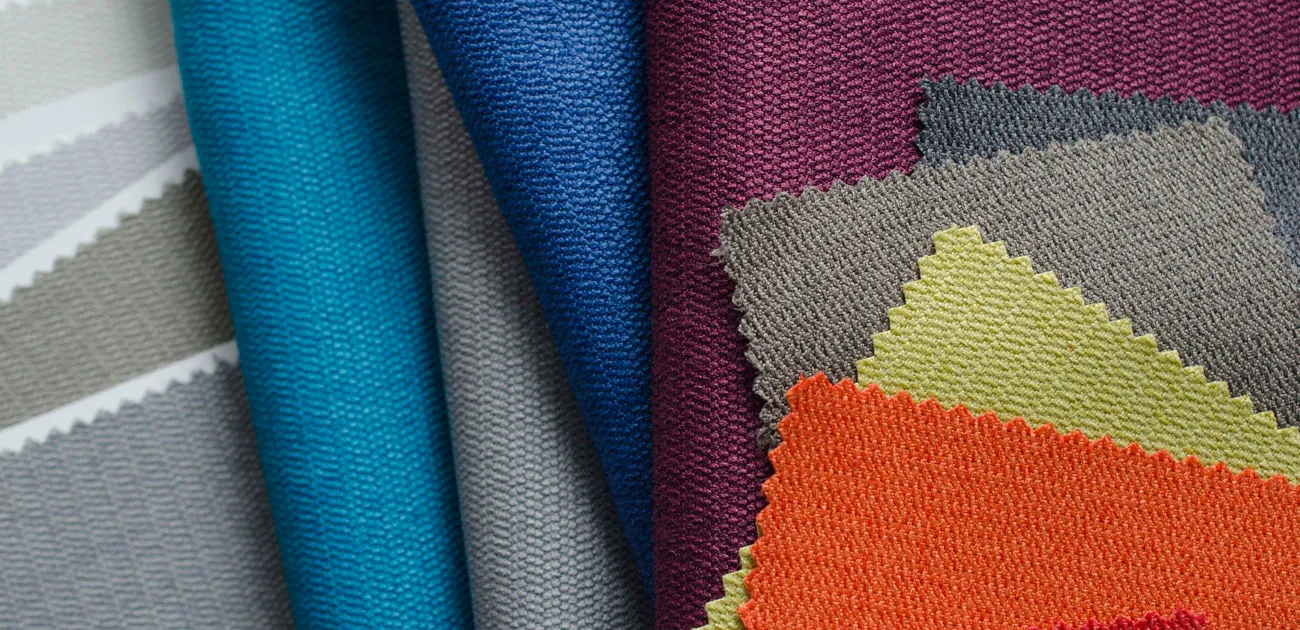
How Contract Fabrics Transform Commercial Interiors: Smart Design Meets Superior Performance
Designing commercial spaces is about more than good looks. Whether you’re creating a sleek corporate office, a welcoming hotel, or a high-functioning healthcare facility, the materials you choose must be safe, durable, and compliant — without compromising on aesthetic.
That’s where contract fabrics come in. These specialized textiles are designed to do it all: withstand heavy traffic, meet safety codes, offer easy maintenance, and still look great.
This in-depth guide will walk you through everything you need to know about contract fabrics — including what they are, how they’re used, and why they’re essential to modern interior design.
📌 Table of Contents
- What Are Contract Fabrics?
- The Core Benefits of Contract Fabrics
- Comparing Contract vs. Residential Fabrics
- Fire Safety: Legal Standards & Certifications
- Key Applications in Commercial Interiors
- Choosing Fabrics for Functionality and Style
- Innovations in Design & Sustainability
- Questions to Ask Your Supplier
- Final Thoughts
- FAQs
What Are Contract Fabrics?
Contract fabrics are commercial-grade textiles created to meet the rigorous demands of public and commercial environments. They are commonly used in:
- Offices
- Hotels
- Hospitals
- Restaurants
- Schools
- Airports
- Cinemas
- Public transport
Unlike standard fabrics, contract textiles are made to handle frequent use, resist wear and tear, and pass fire safety and hygiene regulations required in non-residential spaces.
The Core Benefits of Contract Fabrics
Why should you specify contract fabrics for your next project? Here’s what sets them apart:
🔥 1. Fire Resistance
Contract fabrics are designed to meet strict fire retardant regulations, reducing risks and ensuring compliance with local building codes.
💧 2. Stain and Moisture Resistance
Perfect for high-traffic environments like restaurants and hospitals — these fabrics repel spills and are often easy to clean with simple solutions or even bleach.
💪 3. High Durability
With high rub count ratings (30,000+ cycles), contract fabrics withstand years of heavy use without pilling, fading, or stretching.
🎨 4. Aesthetic Flexibility
Contract doesn’t mean boring — choose from countless colors, patterns, textures, and custom prints to match your vision.
🌱 5. Sustainability
Many suppliers now offer eco-friendly options made from recycled materials or produced with low-impact processes.
Comparing Contract vs. Residential Fabrics
Here’s a quick look at how contract fabrics compare to standard residential fabrics:
| Feature | Contract Fabrics | Residential Fabrics |
|---|---|---|
| Durability | 30,000+ rubs (heavy commercial use) | 10,000–15,000 rubs |
| Fire Retardant | Required by law in public spaces | Often not certified |
| Stain Resistance | Treated or inherent | Sometimes, not guaranteed |
| UV Stability | Fade-resistant for sunlit areas | Limited resistance |
| Cleaning | Bleach-cleanable or disinfectant-safe | Dry-clean or spot-clean |
| Customization | Digital print, branding, special coatings | Rare |
If your space sees a high footfall or needs to meet compliance standards, contract fabrics are the obvious choice.
Fire Safety: Legal Standards & Certifications
One of the most critical roles of contract fabrics is ensuring fire safety compliance. Every public or commercial building is required to meet national or international fire codes.
Common Certifications:
| Certification | Usage | Region |
|---|---|---|
| BS 5867 | Curtains and drapes | UK |
| BS 7176 (Crib 5) | Upholstered furniture | UK |
| NFPA 701 | Drapery and window treatments | USA |
| CAL TB 117 | Upholstery furniture | USA |
| IMO A652 | Marine and cruise ship applications | International |
💡 Tip: Always verify local building regulations and check that the supplier provides certified test results.
Key Applications in Commercial Interiors
Contract fabrics serve a wide range of functional roles. Here’s where they shine:
🪑 Upholstery
Used for reception sofas, desk chairs, restaurant booths, and hospital furniture — contract upholstery fabrics resist wear and clean easily.
🪟 Curtains and Blinds
In offices, schools, and hotels, drapery fabric needs to be flame retardant, fade-resistant, and often blackout capable.
🎧 Acoustic Panels
Fabrics used in wall panels help with sound absorption in offices, meeting rooms, and theatres — while also elevating the look of a space.
🏥 Healthcare
Specialized fabrics include antimicrobial, fluid-resistant, and bleach-safe finishes, ideal for beds, screens, and waiting room seating.
🏨 Hospitality
Hotels use contract fabrics for headboards, cushions, blackout drapes, and seating, all designed to look luxurious yet meet tough cleaning requirements.
Choosing Fabrics for Functionality and Style
When selecting contract fabric, it’s not just about compliance — it’s also about performance and design harmony. Here’s how to make the right choice:
✔️ Assess the Application
- Is the space high-traffic?
- Will it be exposed to direct sunlight?
- Is it healthcare-related or food-service focused?
✔️ Check Specifications
Ask for:
- Rub count (Martindale/Wyzenbeek)
- FR certification
- Cleaning instructions
- Warranty or lifespan guarantee
✔️ Match the Look
Use supplier books or swatch samples to ensure that color, texture, and weave match the tone of your space.
✔️ Test Samples On-Site
Place sample swatches in your actual environment to check lighting, texture, and tactile feel before placing an order.
Innovations in Design & Sustainability
Contract textiles aren’t just stronger — they’re smarter.
🔄 Sustainable Manufacturing
More suppliers are shifting to closed-loop production, using:
- Recycled PET
- Biodegradable fibers
- Waterless dye processes
- Non-toxic coatings
🧵 Custom Digital Printing
You can now create bespoke patterns, logos, or gradients using high-resolution fabric printing — ideal for branding in hotels and retail.
🛠️ Smart Fabrics
Some innovative contract fabrics feature:
- Self-cleaning surfaces
- Thermal regulation
- Odor control
- Integrated antimicrobial technology
Questions to Ask Your Supplier
Before placing a large fabric order, here’s what you should clarify:
- What certifications does this fabric carry?
- Is this fabric in stock or made-to-order?
- What is the lead time?
- Are minimum order quantities (MOQs) required?
- Can I get samples with flame certification and rub test data?
- What’s the expected lifespan of the fabric in this setting?
- Is this fabric part of a matching collection? (Helpful for curtains, upholstery, and wall panels)
Final Thoughts
From a design perspective, contract fabrics blend performance with creativity. From a compliance standpoint, they’re non-negotiable. Whether you’re sourcing textiles for a hotel room, cinema, hospital, or coworking hub — these fabrics are the unsung heroes of safe, stunning, and long-lasting interiors.
Smart design starts with smart material choices. And nothing is smarter, tougher, or more dependable than a well-chosen contract fabric.
FAQs
1. What’s the difference between contract and residential fabrics?
Contract fabrics are tested for durability, flame resistance, and hygiene in commercial settings. Residential fabrics are designed for home use and don’t meet the same standards.
2. Can I use contract fabrics in my home?
Yes! They’re ideal for busy households, rentals, or family homes where you need high durability and easy cleaning.
3. Are all contract fabrics fireproof?
Not by default. Only those with proper certification (BS 5867, Crib 5, etc.) are guaranteed to meet fire safety standards.
4. Are eco-friendly contract fabrics available?
Absolutely. Many manufacturers offer sustainable collections using recycled yarns and low-emission processes.
5. Can contract fabrics be customized with logos or branding?
Yes. Many suppliers offer custom digital printing for bespoke colors, patterns, or brand visuals.
Sponsor post:
What Are GenAI Development Services and Why Do They Matter in 2025?



